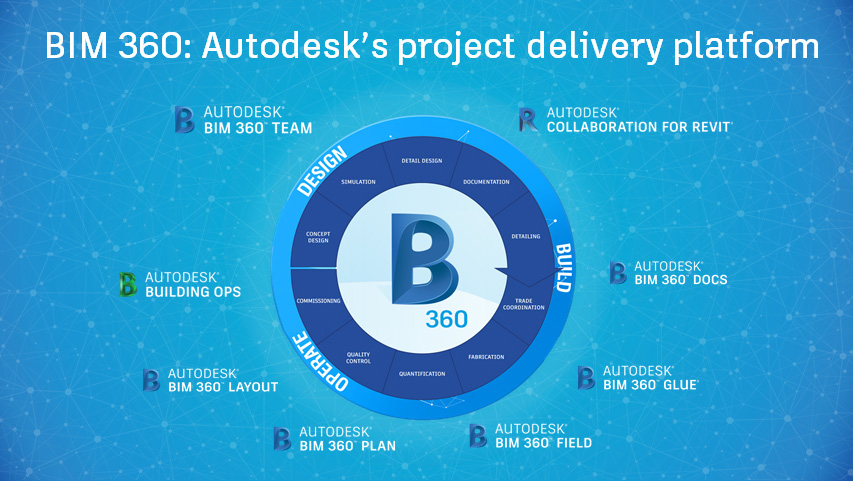

#BIM 360 VS REVIZTO SOFTWARE#
The GPS data is supplemented with velocity, pitch and roll sensor data, with software then essentially cancelling out the vehicle movement and enabling each scan line to be accurately recorded and geo-referenced.

The IMU is the brains of the set-up and records accurate location using two GPS receivers, which work concurrently to record ‘position’ and ‘heading’. The Ladybug5 camera captures a 360-degree spherical photographic image concurrently alongside the scan data. When combined, both units create a 3D point cloud and are capable of capturing 2m points per second. As part of the mobile mapping system, they don’t actually operate in the more familiar ‘3D mode’ associated with static surveys but as ‘profilers’ recording scan-lines or ‘profiles’ of the environment. The laser scanners are rigidly mounted to the vehicle at 45 degrees with their coverage overlapping. In short, each piece of equipment does the following: Without diving into too much technical detail, the solution Augusto describes in this SITECO example includes two Faro Focus laser scanners, one Ladybug5 ‘spherical’ camera and an Inertial Measurement Unit (IMU) and is badged as the ‘Road-Scanner C’ solution.

The challenges obviously, then, are that the vehicle-mounted hardware (road or rail) needs to account for the movement in all dimensions. There are, of course, various types of ‘mobile’ data capture but here we look at land-based capture rather than aerial or waterborne.Įven with the relative simplicity of being land-based, the technology required to ensure that the data captured is useful and accurate is impressive. Those familiar with static terrestrial laser scanning will understand that the technology (hardware, software and cloudware) behind it has enabled us to affordably and accurately capture information about our built environment in increasingly more impressive ways.Īs the phrase suggests, the primary difference between static and mobile mapping is that the hardware capturing the survey data is doing so while mobile. Here, in an interview with Chris Palmer of Faro, we look at the opportunities afforded by ‘mobile mapping’, how it differs from static survey methods, what the resulting data looks like and who can benefit from it


 0 kommentar(er)
0 kommentar(er)
